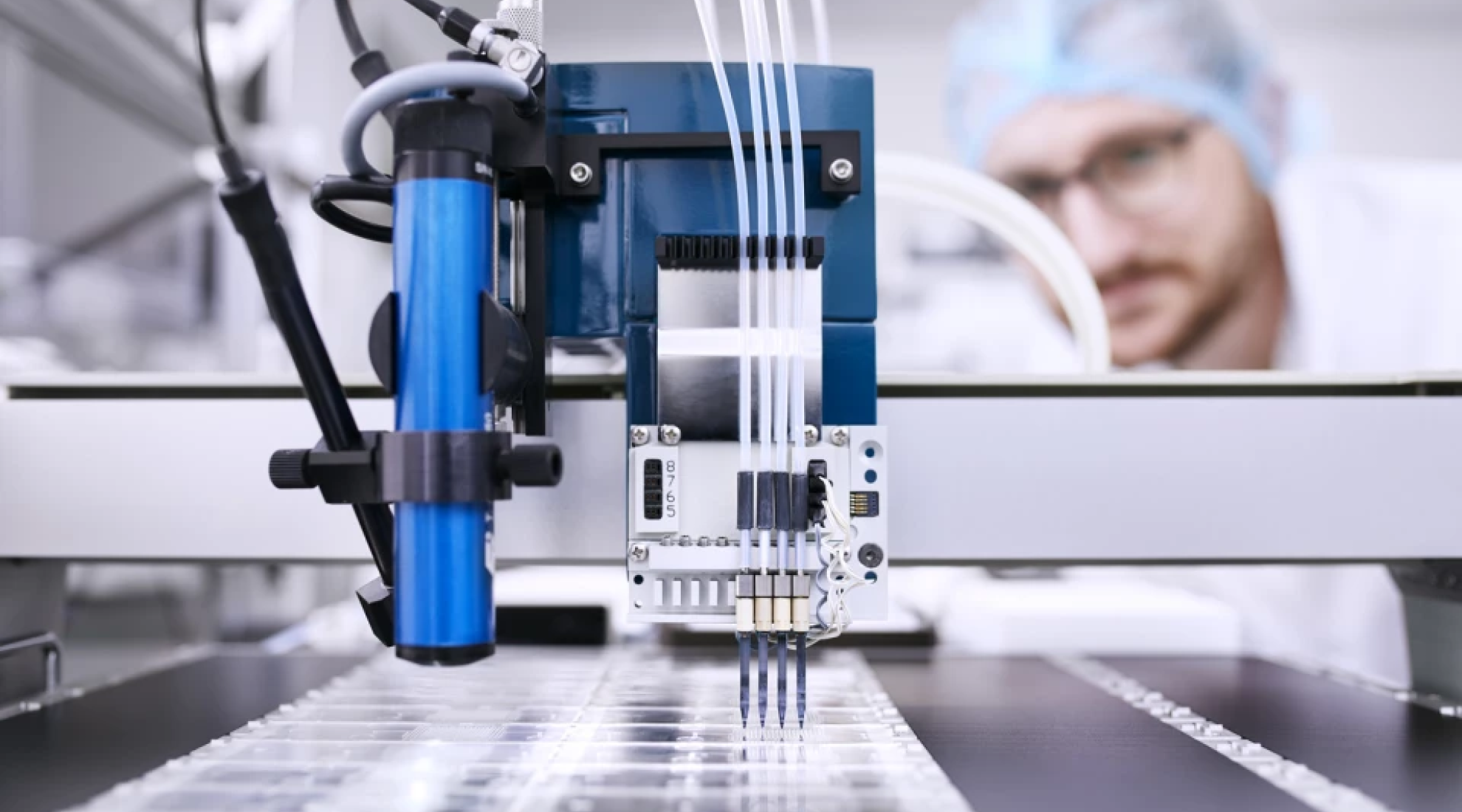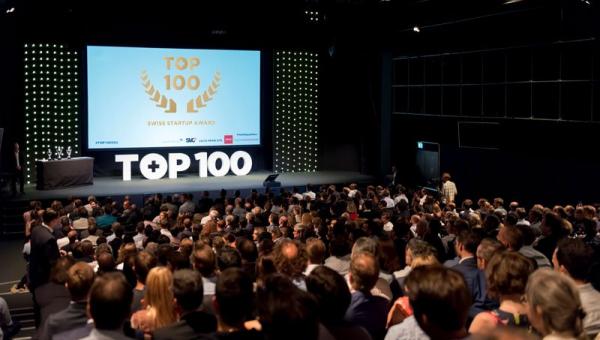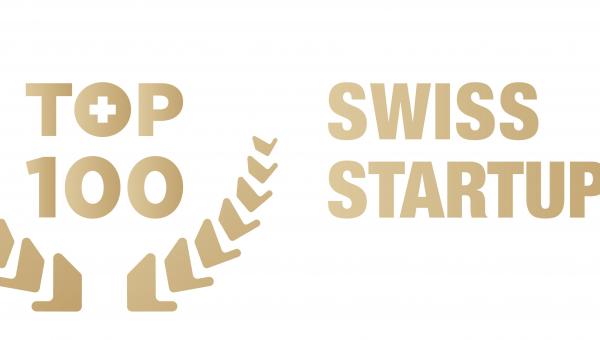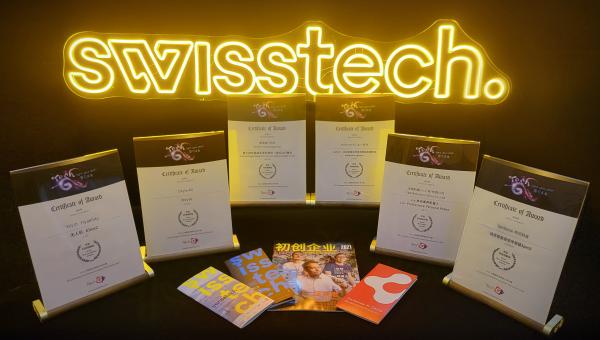A technological innovation center for Swiss industry

Founded in 1984, the Swiss research and development center CSEM has been conducting research in the fields of micro-manufacturing, digitalisation and renewable energies — with great success.
Swiss engineers invented the quartz watch 57 years ago, playing a key role in the development of microelectronics. The first prototypes of the innovation that was to revolutionise the watchmaking industry were created in 1967 in the laboratories of the Centre Electronique Horloger in Neuchâtel. However, some time later, in the early 1980s, there was great concern that Switzerland was losing ground to other countries in the development of new technologies.
A visionary decision by the Swiss government
In 1984, the Swiss Federal Council created CSEM (Swiss Center for Electronics and Microtechnology) in Neuchâtel, a public-private, non-profit, technology innovation center that also housed the laboratory of the quartz inventors. Today, CSEM continues to play a key role in innovation in the watch industry, for example in the development and integration of energy-saving, wireless, embedded and wearable sensor systems in new watch designs. Its 600 employees at six locations in Switzerland work with thousands of companies and have already created more than 50 start-ups and spin-offs. In 2022, turnover exceeded CHF 100 million for the first time and 17 new patents were registered.
A center of technological excellence of national importance
CSEM is a center of innovation and a bridge between academic research and industrial application. Today, the center focuses on the development of new technologies in the fields of precision manufacturing, digitalisation, ultra-low power electronics, optical elements, AI, sustainable energy and various others. CSEM works closely with companies to rapidly turn innovations into marketable products. Much of its research is carried out in close collaboration with universities and colleges, ensuring a fruitful exchange of knowledge and ideas. In addition to leading Swiss industrial companies, EPFL is a co-owner of CSEM with a 20% stake.
Key technologies and applications
The technologies developed at CSEM are used in a wide range of industries. Particularly noteworthy are the advances in photovoltaics, where CSEM has produced innovations that have attracted worldwide attention. In this field, the center not only develops highly efficient solar cells, but also works on innovative solutions for the integration of photovoltaics into buildings and vehicles. Another key field of research is medical technology, where CSEM is working on the miniaturisation of sensors and implants used in diagnostics and therapy, for example.
Start-ups in the spotlight in 2024
In addition to partnerships with established industrial partners, CSEM is also committed to providing extensive support to entrepreneurs. Through the CSEM Accelerate program, individuals with innovative ideas are given the opportunity to join CSEM for up to two years and receive tailored development support, ensuring their idea reaches market maturity as efficiently as possible. The following candidates were selected in 2024:
- Visienco - Organoids (miniature replicas of organs) are being used to speed up the development of new drugs and reduce the need for animal testing.
-
Protonica - Proton therapy is seen as the future of cancer treatment. The solution developed at CSEM and EPFL Lausanne aims to make proton therapy even more efficient and accessible to everyone.
-
Watchibia - A smart watch strap that is compatible with every classic favourite watch which can transmit modern health data even with a classically elegant wristwatch.
-
TrueYouOmics - By measuring thousands of proteins, disease risks can be predicted with unprecedented precision in relation to the individual's current state of health.
An incubator for spin-offs
Over the years, CSEM has created a number of spin-offs itself. Safran Colibrys, for example, has specialised in the development of high-precision microsensors based on Micro-Electro-Mechanical Systems (MEMS) technology since 2001. These sensors are now used in various sectors such as the energy, automotive, aerospace and defence industries. MATIS supports art experts in assessing the authenticity of works of art. The Neuchâtel-based start-up has developed a user-friendly, certified multispectral camera and associated software that enable reliable pigment mapping, pigment identification and improved visualisation of underdrawings in oil paintings.




